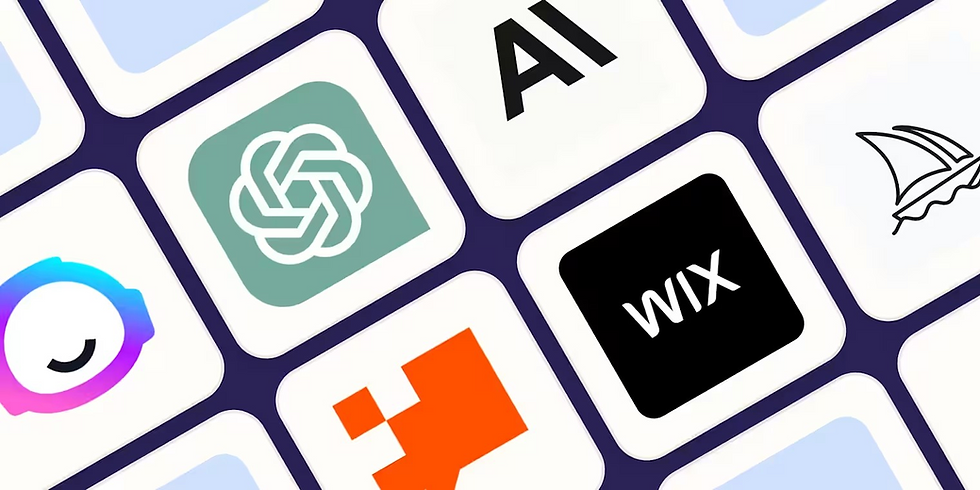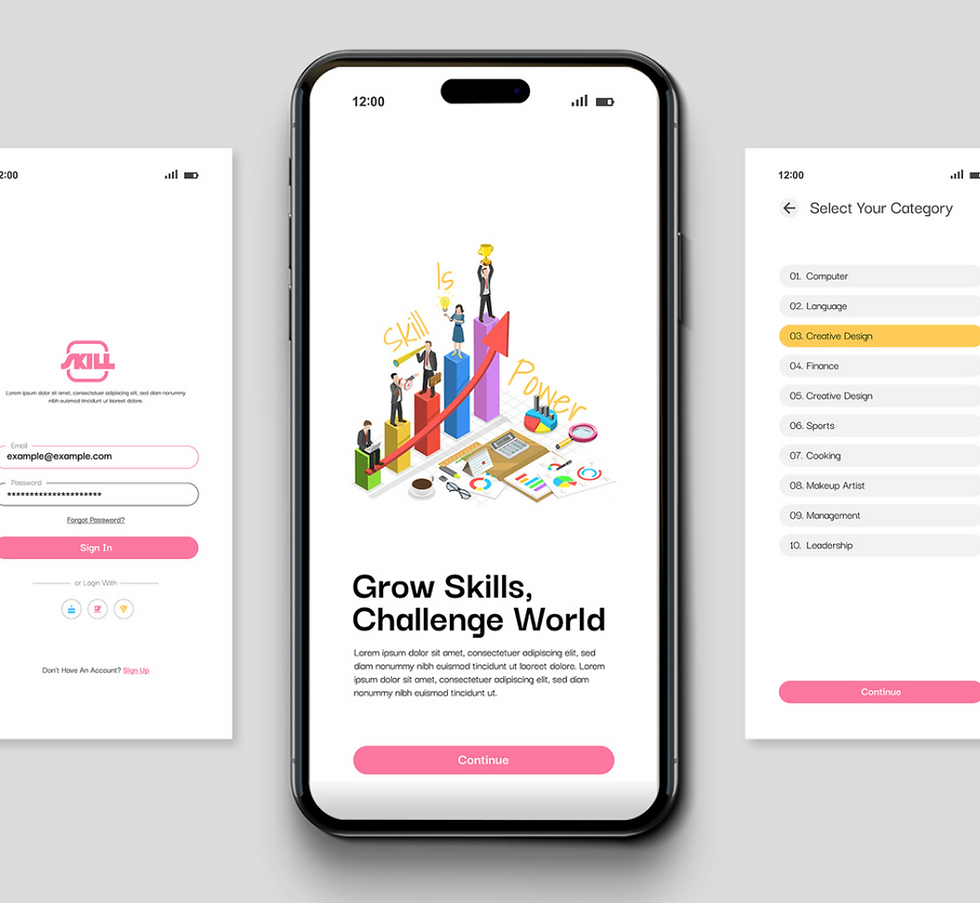Custom vs Template Ecommerce Design: Which is Better for Boosting Conversions?
- eventslabsydney

- Aug 22
- 3 min read
When building an ecommerce website, one of the biggest decisions you’ll face is whether to use a template-based design or invest in a custom design. Both options can create a functional online store—but the choice you make will have a direct impact on your brand image, customer experience, and ultimately, your conversion rate.

What Is a Conversion Rate in Ecommerce?
Before we dive into design choices, let’s clear up a key concept: conversion rate.
Your conversion rate is the percentage of website visitors who take a desired action—usually completing a purchase.
For example:
If 1,000 people visit your store in a month and 30 of them buy something, your conversion rate is 3%.
A higher conversion rate means your site is doing a better job turning visitors into paying customers. Design plays a huge role here. Factors like ease of navigation, checkout flow, mobile optimisation, and trust signals can make the difference between a sale and an abandoned cart.
How Design Impacts Conversion Rates
Good design isn’t just pretty—it’s strategic. Here’s how ecommerce design affects conversions:
● First impressions: A professional, on-brand design builds instant trust.
● Navigation: If users can’t find products quickly, they leave.
● Checkout experience: A smooth, distraction-free checkout reduces cart abandonment.
● Mobile optimisation: With most shopping happening on phones, mobile-friendly design is essential.
● Performance: Fast-loading pages keep users engaged (slow sites lose customers).
Template Ecommerce Design: The Pros and Cons
Template designs (like those offered by Shopify, WooCommerce, or BigCommerce) are pre-built themes that can be customized to a certain extent.
Advantages:
● Cost-effective: Templates are significantly cheaper than custom designs.
● Faster to launch: You can get an online store up and running in days.
● Best practices built-in: Many templates are optimised for mobile responsiveness and standard ecommerce flows.
● Beginner-friendly: No coding knowledge required for setup.
Disadvantages:
● Limited customisation: You’re restricted to the design and features the template offers.
● Generic branding: Your site may look similar to competitors using the same template.
● Scaling limitations: As your business grows, templates may not support advanced features or integrations.
● Conversion plateau: Templates typically follow a “one-size-fits-most” approach, which may not address the unique needs of your target audience.
Best fit: Startups, small businesses, or brands testing product-market fit.
Custom Ecommerce Design: The Pros and Cons
Custom ecommerce design involves creating a website tailored specifically to your business and customers.
Advantages:
● Unique brand identity: Every aspect of the design reinforces your brand and builds trust.
● Tailored customer experience: Navigation, product pages, and checkout flows can be optimized for your audience.
● Conversion-focused: Custom sites can integrate advanced features like A/B testing, upsell funnels, personalized recommendations, and faster checkout.
● Scalable and future-proof: Easier to adapt as your business grows, whether adding new features, markets, or integrations.
● Performance optimization: Faster load times and cleaner code compared to bloated templates.
Disadvantages:
● Higher upfront cost: Custom development requires more investment in designers and developers.
● Longer development time: Launching can take weeks or months instead of days.
● Ongoing maintenance: Requires technical expertise for updates and troubleshooting.
Best fit: Established businesses, scaling brands, and competitive industries where conversions depend heavily on trust and differentiated experiences.

Which Option Is Better for Conversions?
● Templates can convert reasonably well, especially at the early stage. They come with proven layouts and optimized structures. However, their conversion potential is limited—if your competitors are using similar designs, there’s little to differentiate you.
● Custom designs give you the ability to maximise conversions long-term. By tailoring your site to your audience’s exact needs, you can reduce friction, build credibility, and create a user experience that encourages repeat purchases.
Real-World Examples:
● Small jewelry brand: A Shopify template like “Dawn” provides a polished, mobile-friendly design for quick entry into the market. Conversions are decent at first, but unique features like a custom product builder or loyalty program become harder to implement.
● Gymshark: The fitness brand started on a Shopify template but later invested in a fully custom site. This shift enabled them to optimise performance, streamline the mobile experience, and increase conversions—supporting their growth into a billion-dollar business.

Key Takeaway
● If you’re just starting out, a template is the best choice. It’s affordable, fast, and effective enough to validate your business idea.
● If you’re scaling or in a competitive market, custom design is the better long-term investment. It gives you more control, more flexibility, and higher conversion potential.
👉 The smartest path for many businesses is a hybrid approach: begin with a well-optimised template, and when revenue stabilizes, reinvest in a custom design to unlock higher conversions and stronger brand positioning.




Comments